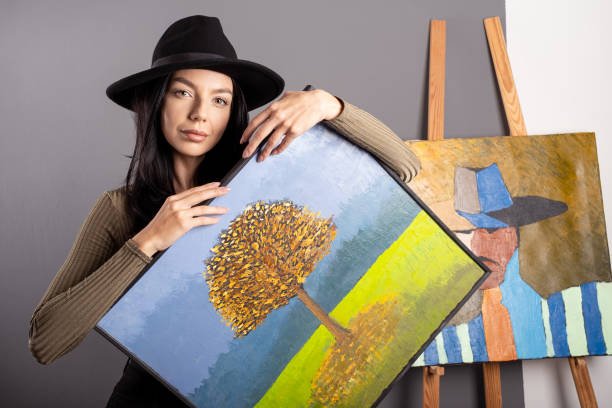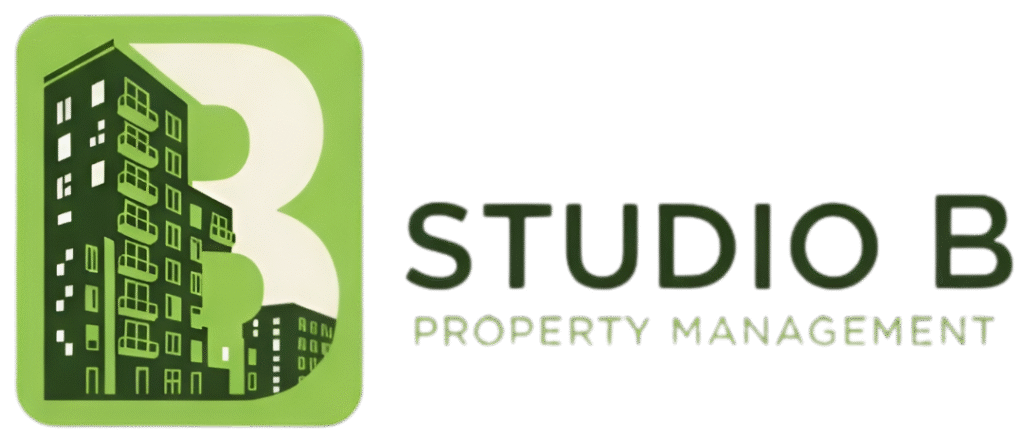Discover Studios, Services & More Across USA | StudioBDTLA
How to Host a Pop-Up Art Show in an LA Studio

Pop-up art shows are becoming one of Los Angeles’ most dynamic ways for artists and creatives to showcase their work. These temporary events allow artists to connect with new audiences, build their brand, and even sell their pieces without the long-term commitments of traditional galleries.
Table of Contents
Whether you’re an emerging artist, a curator, or a creative brand, hosting a pop-up art show in an LA studio can position you at the heart of the city’s thriving art scene. Here’s how to plan, promote, and execute a memorable pop-up exhibition.
Why Host a Pop-Up Art Show in LA?
Los Angeles has long been a hub for creative expression. From the Arts District to Silver Lake, LA’s mix of industrial spaces, creative studios, and historic venues makes it ideal for temporary art exhibitions.
Flexibility and Creative Freedom
Unlike traditional galleries, pop-up shows offer full creative control—from curation and layout to lighting and ticketing.
Affordable Exposure
Pop-up events often cost less than long-term gallery rentals, especially when using smaller studios or shared spaces.
Access to a Creative, Art-Loving Audience
LA residents actively seek out unique events, making it easier to attract people who are ready to discover new artists.
Choose the Right LA Studio for Your Pop-Up
Selecting the right venue is the foundation of your event’s success. Look for studios that align with your artwork’s aesthetic and logistical needs.
Location Matters
Choose a neighborhood that matches your target audience. The Arts District, Downtown LA, and Highland Park attract a trendy, art-savvy crowd, while West Hollywood and Culver City draw a more commercial, design-focused audience.
Space and Layout
Ensure the studio offers enough wall space, natural or adjustable lighting, and flexibility in layout. Some studios are white-box spaces, while others have a more industrial feel—select the vibe that complements your work.
Amenities and Accessibility
Look for studios that include basics like tables, chairs, and easy parking. Bonus points for spaces with sound systems or kitchenettes for hosting.
Plan Your Pop-Up Art Show Timeline
A clear timeline keeps your event organized and ensures nothing is overlooked.
6 to 8 Weeks Before
Secure your studio space and confirm rental agreements. Decide on your theme or concept and begin curating the art pieces you plan to display. Start researching event permits if necessary.
4 Weeks Before
Begin promoting the event on Instagram, TikTok, and local event calendars like DoLA or Eventbrite. If you’re charging admission, set up online ticketing. Reach out to local press or art blogs for coverage.
2 Weeks Before
Finalize your vendor list if you’re including live music, catering, or beverages. Print signage, price sheets, and promotional materials for the show.
1 Week Before
Confirm studio setup times, do a walkthrough, and create a detailed floor plan for where each piece will be displayed.
Curate the Art and Atmosphere
Thoughtful curation helps create an immersive experience that leaves an impact on visitors.
Cohesive Themes
Choose a unifying theme, color palette, or artistic style that ties all works together—even if exhibiting multiple artists.
Strategic Layout
Place large statement pieces near the entrance to immediately grab attention. Use smaller works or sculptures to fill corners and guide guests through the space.
Lighting
Adjust lighting to highlight each piece. Many LA studios offer adjustable gallery lighting—if not, rent additional lights to ensure proper illumination.
Create an Interactive Experience
Pop-up art shows thrive on creating memorable, shareable moments.
Live Art or Demos
Consider live painting, screen-printing, or digital installations that invite guests to engage with the process.
Music and Refreshments
Background music sets the mood—whether it’s a curated playlist or a live DJ. Offering wine, cocktails, or small bites makes the event feel festive and encourages guests to linger.
Photo Moments
Set up designated areas where visitors can take photos or selfies with the artwork—this helps your show gain traction on social media.
Promote the Event Effectively
Your promotion strategy can determine whether the event draws a crowd or falls flat.
Social Media Campaign
Create buzz with teaser posts, artist interviews, and behind-the-scenes setup photos. Use geo-targeted hashtags like #LAArtShow, #DTLAArts, and #LAArtScene.
Collaborations
Partner with local influencers, art collectives, or nearby businesses to co-promote the event.
Press Outreach
Send press releases to local art publications, bloggers, and event websites. Include high-res images, a short artist bio, and key event details.
Email Invitations
Send personal invites to collectors, past buyers, and art industry contacts for a more intimate connection.
Sell Your Art with Ease
While the creative side is key, don’t overlook the business side of your pop-up.
Pricing and Labels
Clearly price all artworks with tags or labels. Include artist names, dimensions, and medium information.
Payment Options
Offer multiple payment methods—cash, Venmo, PayPal, or credit cards—to make purchasing easy.
Collect Contact Info
Have a sign-up sheet or QR code where guests can leave their email for future updates, sales, or show invites.
Wrap Up and Follow Up
After the show, take time to clean the space thoroughly and thank your studio host for their partnership.
Thank Guests and Buyers
Send follow-up thank-you emails to buyers and attendees. Share photos from the event and highlight pieces that are still available.
Analyze What Worked
Review which promotion methods brought the most attendees, what sold best, and where you can improve for next time.
Final Thoughts
Hosting a pop-up art show in an LA studio is a powerful way to build your artist brand, connect with collectors, and join the city’s thriving creative scene. With the right planning, space, and promotional strategy, your event can create lasting impact—and set the stage for future exhibitions.
Whether you’re renting a downtown loft or a sunlit Westside studio, Los Angeles offers endless possibilities for showcasing your work in a bold, dynamic way.
